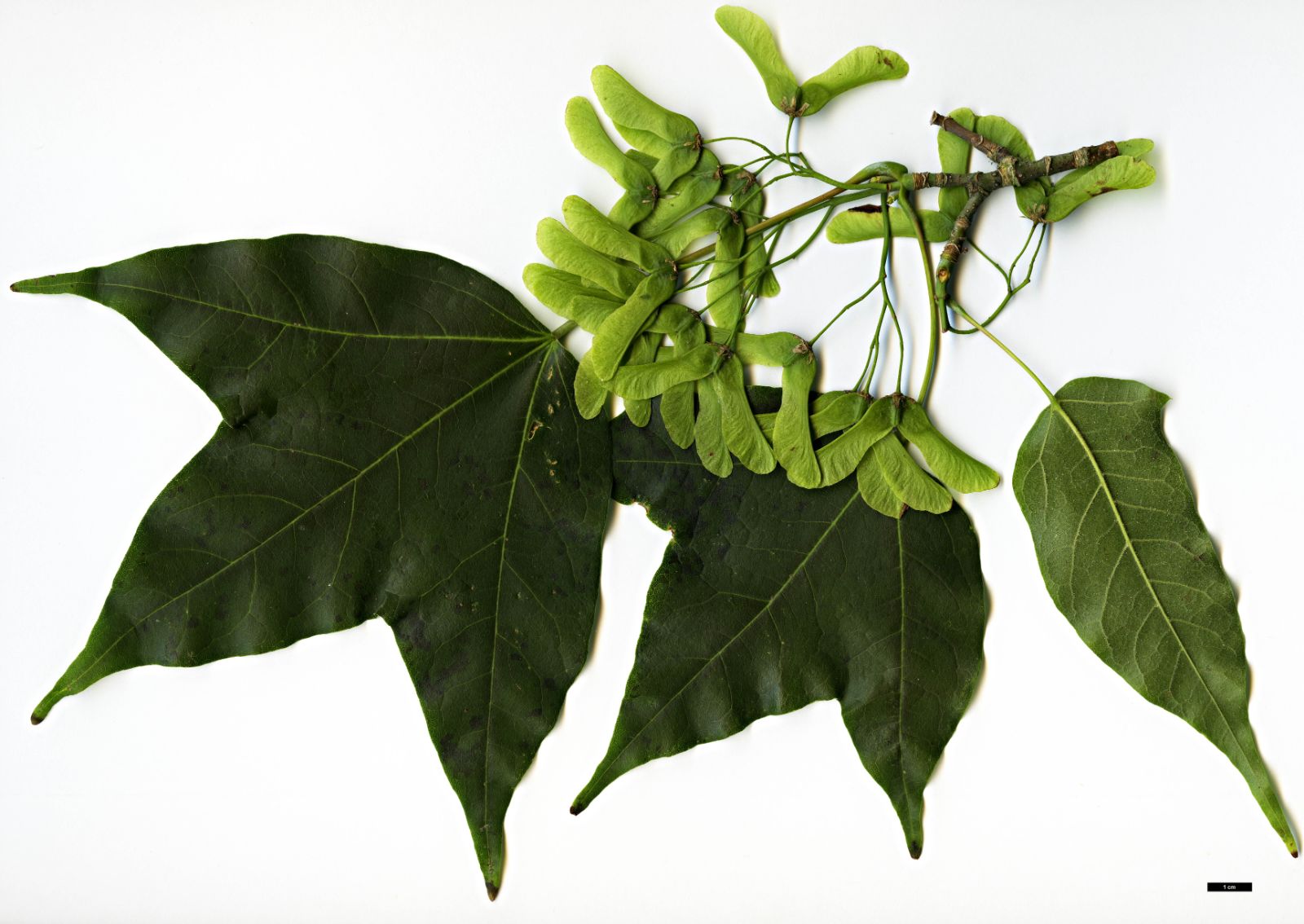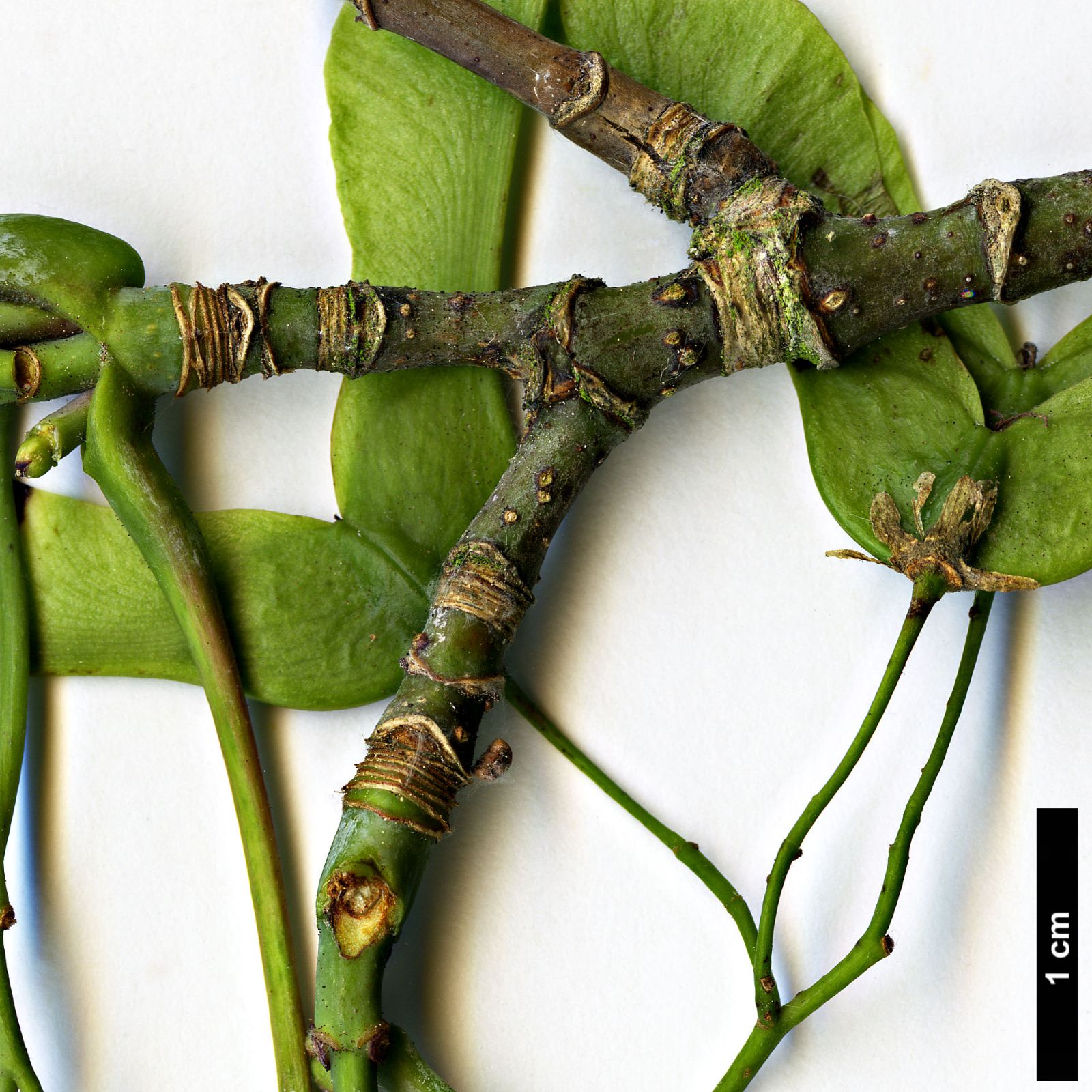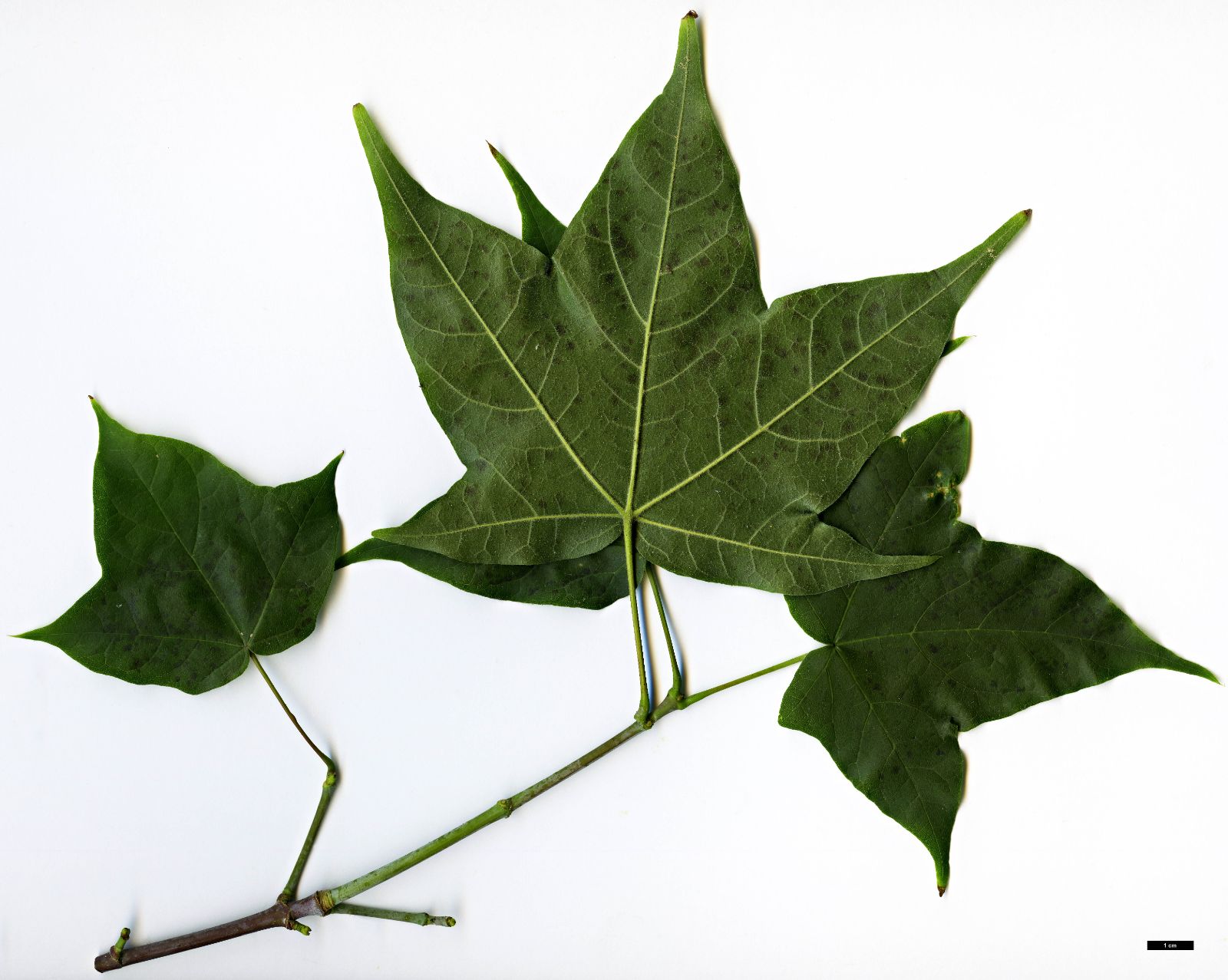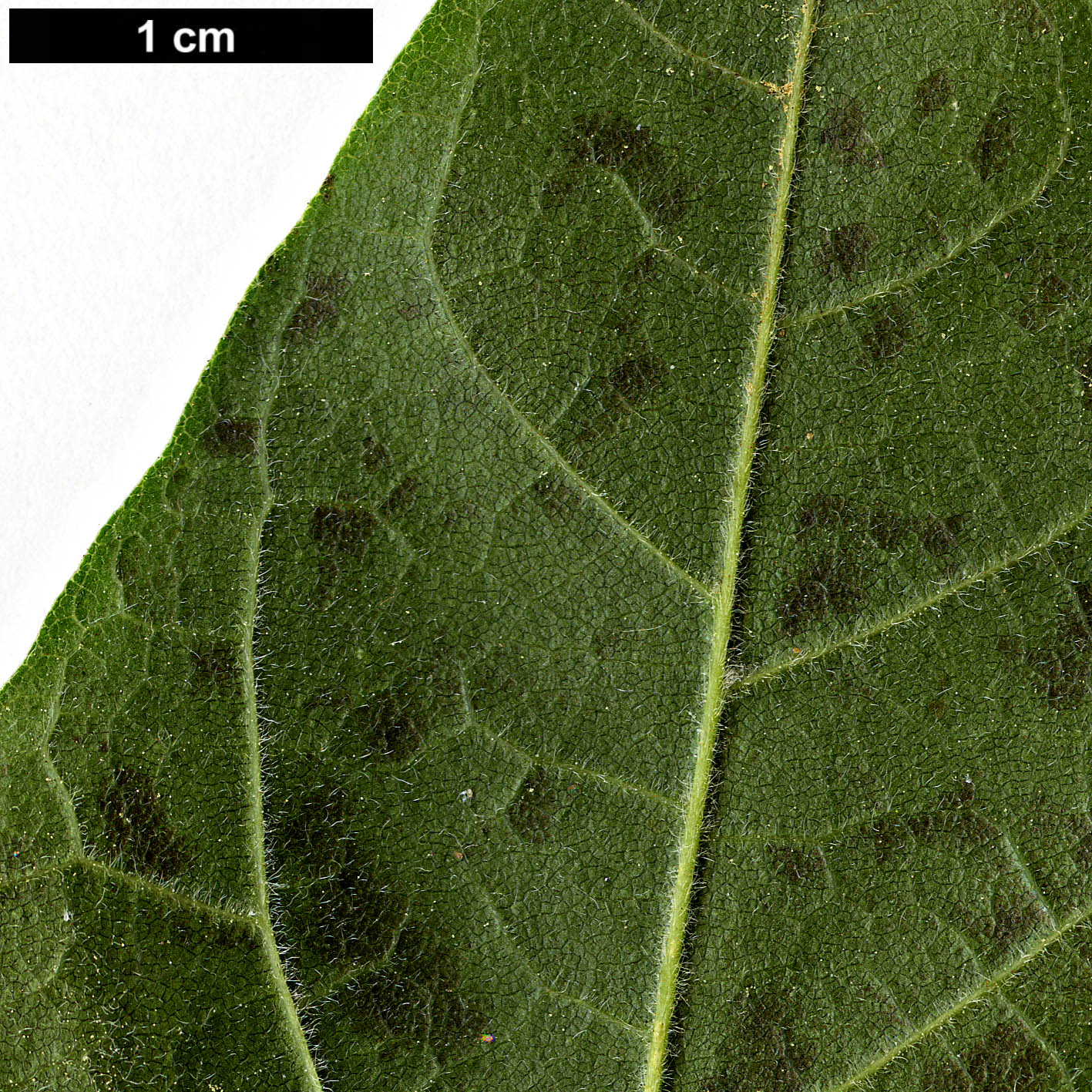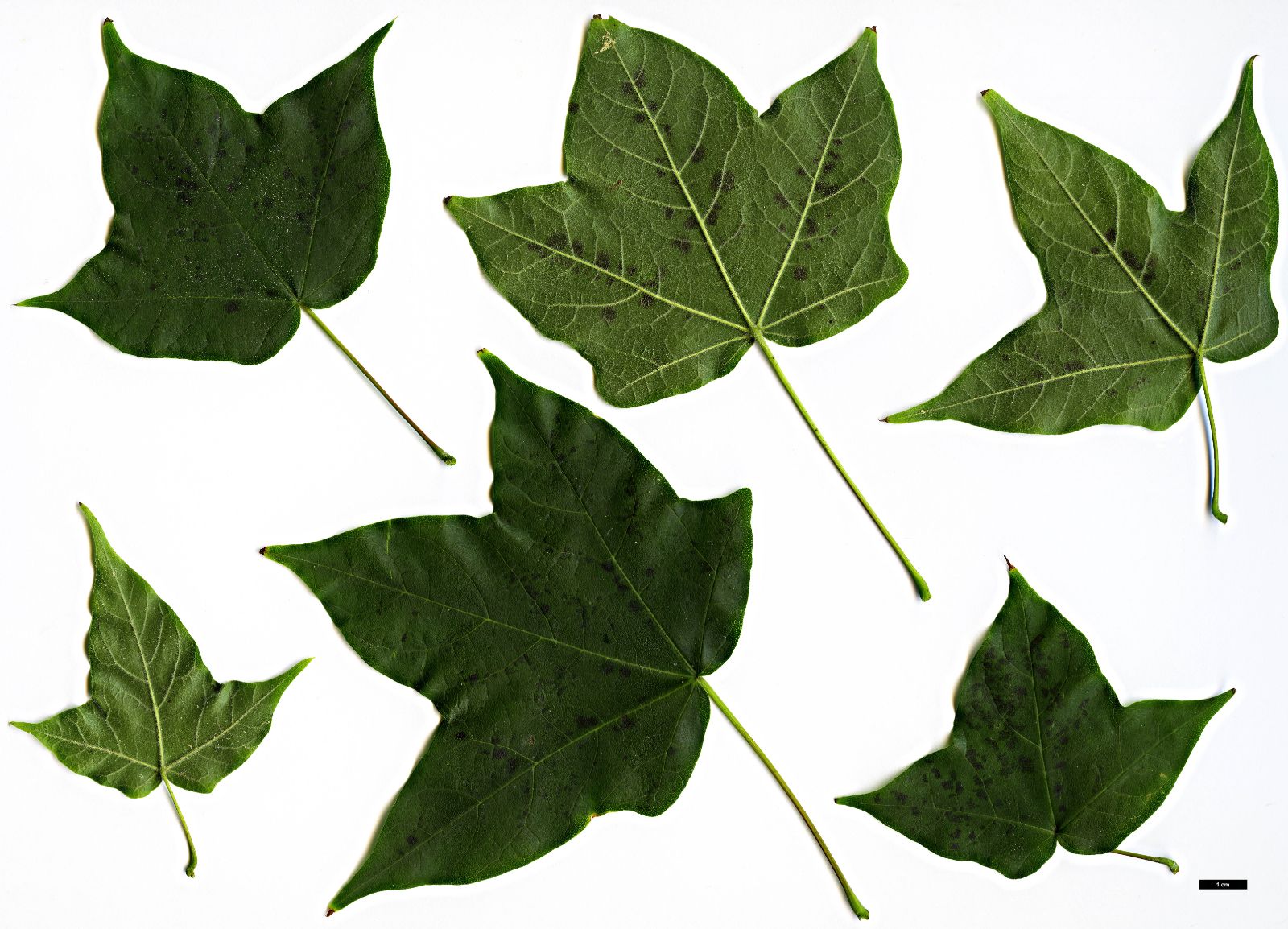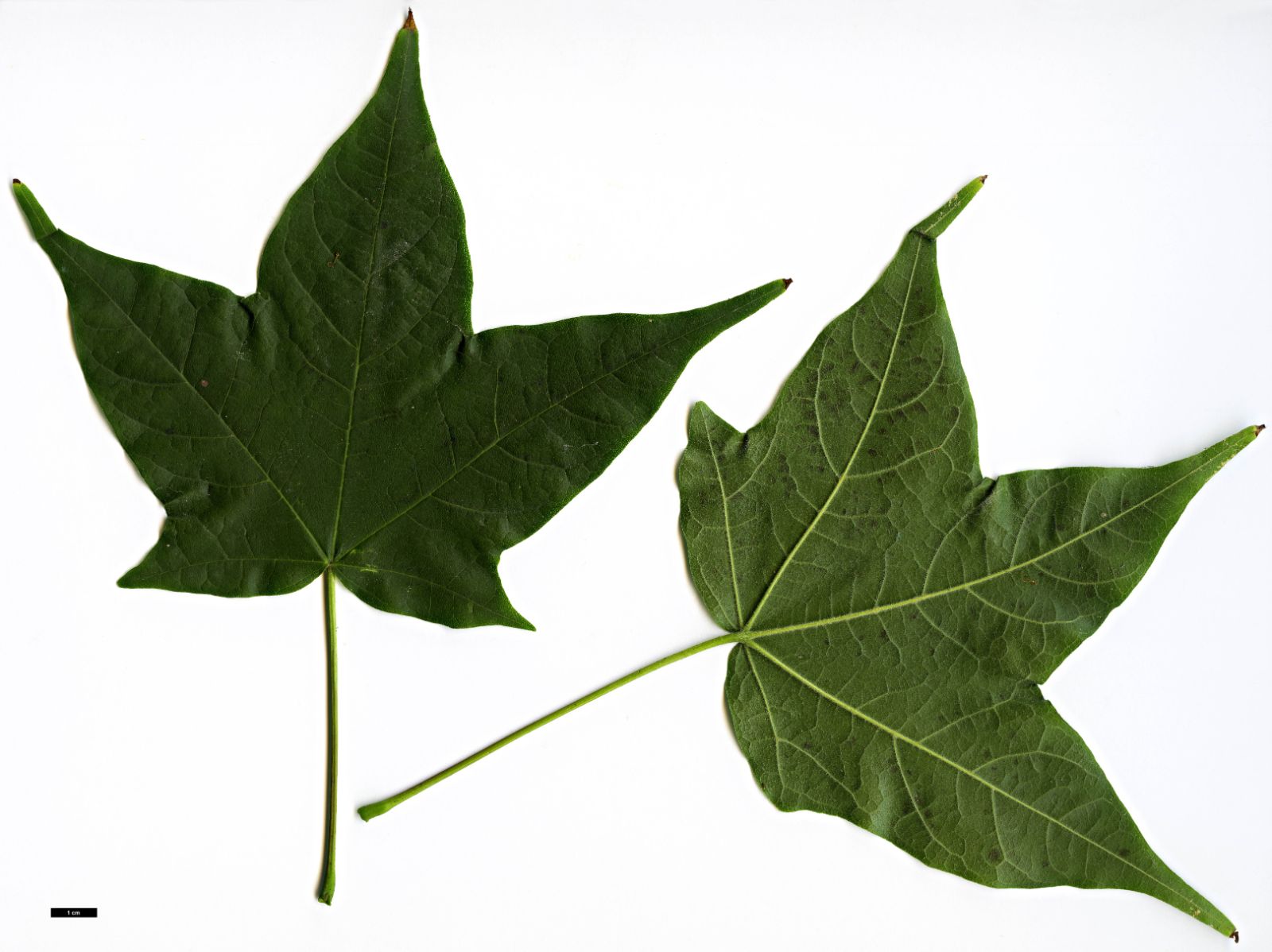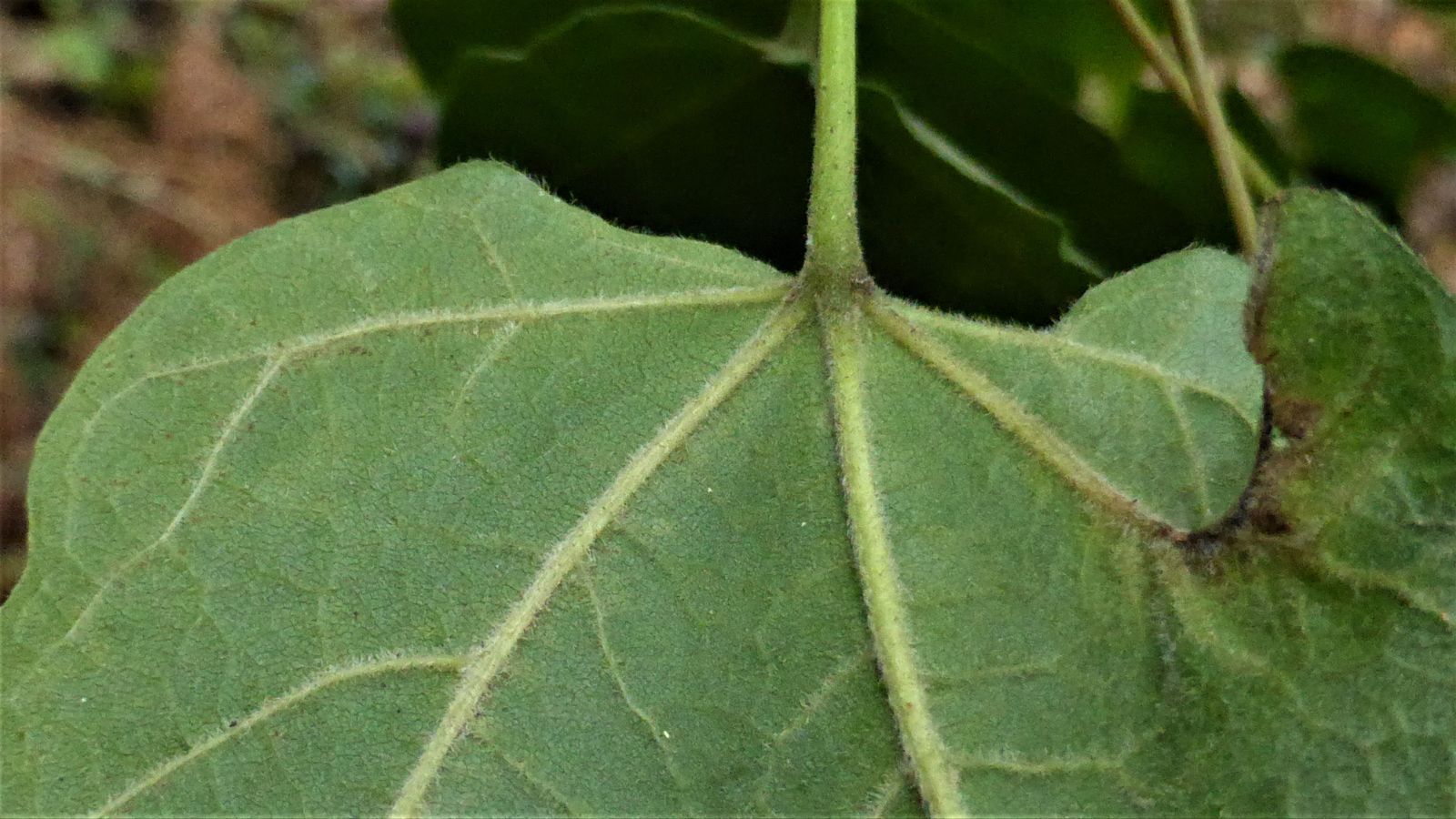Acer longipes
Sponsor
Kindly sponsored by
The Wynkcoombe Arboretum
Credits
Dan Crowley (2020)
Recommended citation
Crowley, D. (2020), 'Acer longipes' from the website Trees and Shrubs Online (treesandshrubsonline.
Genus
- Acer
- Sect. Platanoidea
Other taxa in genus
- Acer acuminatum
- Acer amplum
- Acer argutum
- Acer barbinerve
- Acer buergerianum
- Acer caesium
- Acer calcaratum
- Acer campbellii
- Acer campestre
- Acer 'Candy Stripe'
- Acer capillipes
- Acer cappadocicum
- Acer carpinifolium
- Acer 'Cascade'
- Acer caudatum
- Acer ceriferum
- Acer chapaense
- Acer chienii
- Acer circinatum
- Acer cissifolium
- Acer × conspicuum
- Acer cordatum
- Acer coriaceifolium
- Acer × coriaceum
- Acer crataegifolium
- Acer davidii
- Acer diabolicum
- Acer distylum
- Acer divergens
- Acer duplicatoserratum
- Acer elegantulum
- Acer erianthum
- Acer 'Esk Flamingo'
- Acer fargesii
- Acer fenzelianum
- Acer flabellatum
- Acer forrestii
- Acer franchetii
- Acer × freemanii
- Acer fulvescens
- Acer 'Gimborn'
- Acer ginnala
- Acer glabrum
- Acer 'Gold Coin'
- Acer granatense
- Acer grandidentatum
- Acer griseum
- Acer heldreichii
- Acer henryi
- Acer × hillieri
- Acer hookeri
- Acer hyrcanum
- Acer japonicum
- Acer kawakamii
- Acer komarovii
- Acer laevigatum
- Acer laurinum
- Acer laxiflorum
- Acer lobelii
- Acer macrophyllum
- Acer mandshuricum
- Acer maximowiczianum
- Acer maximowiczii
- Acer metcalfii
- Acer miaotaiense
- Acer micranthum
- Acer 'Mindavi'
- Acer 'Minorient'
- Acer miyabei
- Acer miyabei × campestre
- Acer monspessulanum
- Acer morifolium
- Acer 'Mozart'
- Acer oblongum
- Acer obtusifolium
- Acer okamotoanum
- Acer oliverianum
- Acer opalus
- Acer orientale
- Acer palmatum
- Acer papilio
- Acer pauciflorum
- Acer pectinatum
- Acer pensylvanicum
- Acer pentaphyllum
- Acer pentapotamicum
- Acer pictum
- Acer pilosum
- Acer pinnatinervium
- Acer platanoides
- Acer platanoides × amplum
- Acer platanoides × truncatum
- Acer × pseudoheldreichii
- Acer pseudoplatanus
- Acer pseudosieboldianum
- Acer pubinerve
- Acer pycnanthum
- Acer rubescens
- Acer rubrum
- Acer rufinerve
- Acer saccharinum
- Acer saccharum
- Acer sempervirens
- Acer 'Serpentine'
- Acer serrulatum
- Acer shenkanense
- Acer sieboldianum
- Acer sikkimense
- Acer 'Silver Cardinal'
- Acer 'Silver Ghost'
- Acer sinense
- Acer sinopurpurascens
- Acer spicatum
- Acer stachyophyllum
- Acer taronense
- Acer tataricum
- Acer tegmentosum
- Acer tenellum
- Acer tetramerum
- Acer tibetense
- Acer tonkinense
- Acer triflorum
- Acer truncatum
- Acer tschonoskii
- Acer turkestanicum
- Acer tutcheri
- Acer ukurunduense
- Acer velutinum
- Acer wardii
- Acer 'White Tigress'
- Acer wilsonii
- Acer × zoeschense
A deciduous tree to 10 m in the wild. Bark grey to purplish-grey. Branchlets glabrous, green, turning grey to brown and woody only after several years. Buds, ovoid, with 5 to 8 pairs of imbricate scales. Leaves narrowly pentagonal in outline, base subcordate, 3– to 5-lobed, (6–) 8–15 × 7–15 cm, margins entire, lobes triangular to ovate, apically acuminate, upper surface dark green, lower surface pale green, softly grey pubescent, particularly along veins; petiole 5–9 cm long, slender, glabrous, exuding milky sap when broken; autumn colour clear yellow. Inflorescence terminal, corymbose, many flowered. Flowers yellowish, 5-merous, usually andromonoecious, sepals elliptic to oblong, ~0.4 cm long, petals oblong to obovate, same length as sepals, stamens 8, inserted in the middle or outside the nectar disc. Samaras 2 to 5 cm long, wings spreading acutely or erect. Flowering in April, fruiting in September (China). (Xu et al. 2008).
Distribution China Chongqing, northern Guangxi, southern Henan, Hunan, western Hubei, Jiangxi, southern Shaanxi.
Habitat Mixed forest in valleys, 300–1650 m asl.
USDA Hardiness Zone 6-7
RHS Hardiness Rating H5
Conservation status Least concern (LC)
Taxonomic note van Gelderen et al. (1994) treated Acer fulvescens as a synonym of the earlier A. longipes, though Xu et al. (2008), whose treatment we follow here, considered them separate species. See below for further context. Xu et al.’s (2008) treatment of A. longipes also contains no lower taxa. Its subspecies as circumscribed by van Gelderen et al. (1994) are treated within A. amplum. See the account of that species for additional information.
Acer longipes has long been confused in cultivation, due to what might be described as over-enthusiastic lumping as well as many a misidentification of cultivated material. Grimshaw & Bayton (2009) joined many in following the treatment of van Gelderen et al. (1994) who reduced A. fulvescens to a synonym of A. longipes, thus the mature, Wilson-derived A. fulvescens in collections all became A. longipes, which in truth is much the rarer of the two species in cultivation. However, van Gelderen et al. (1994) had overlooked a key distinction between the two species, being that the branchlets of A. fulvescens are brown woody by the end of the the first growing season (as in A. pictum) and those of A. longipes remain green (as in A. cappadocicum).
The second round of confusion came with many of the SICH Section Platanoidea introductions also being grown, and written of, as A. longipes in Grimshaw & Bayton (2009), while these in fact belong to quite different taxa, namely A. cappodicum subsp. sinicum and A. pictum subsp. macropterum (details of each are provided in the accounts for those taxa). The illustration on page 89 of New Trees labelled A. longipes subsp. longipes shows a tree that appears not to belong to true Acer longipes, though to which species it does belong is not clear, with careful observation of the branchlets required to determine between A. cappodicum subsp. sinicum and A. pictum subsp. macropterum.
True A. longipes is known in cultivation from only two mature plants, believed to be from two separate collections made by Ernest Wilson (K. Rushforth, pers. comm. 2014). Both are at Arley Castle, Worcestershire, with one found in the garden and the other in the neighbouring Naboth’s Vineyard. Given that they have thus far proved difficult to propagate via grafting (K. Rushforth, pers. comm. 2015), genuine A. longipes remains one of the rarest maples in cultivation. A thus-far unverified specimen grows at Rogow Arboretum, Poland (P. Banaszczak, pers. comm. 2020), though 12 authentic seedlings are currently being nutured at Longwood Gardens, Pensylvania, having been collected in Hubei in 2018, under NACPEC 18–007 (P. Zale, pers. comms. 2020).

